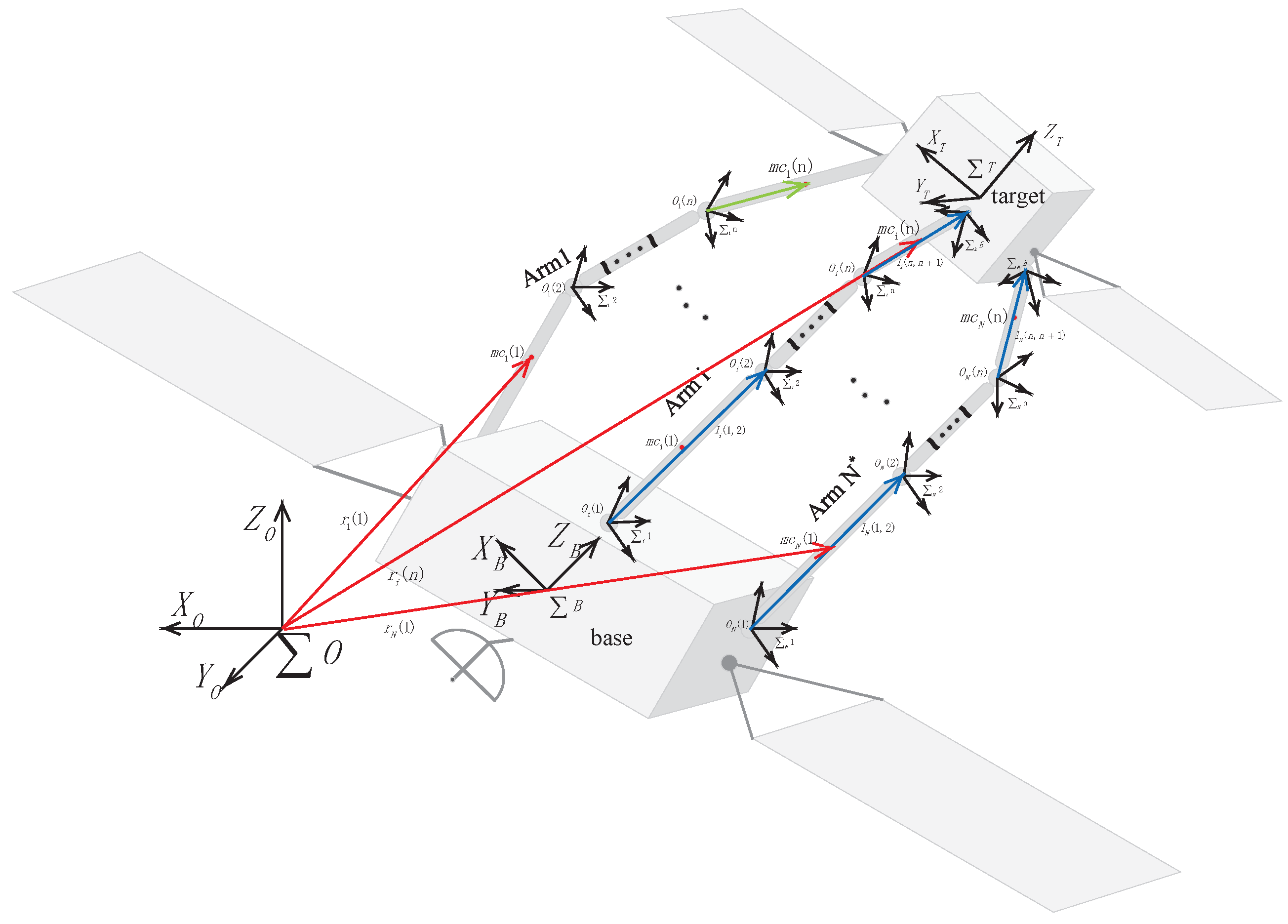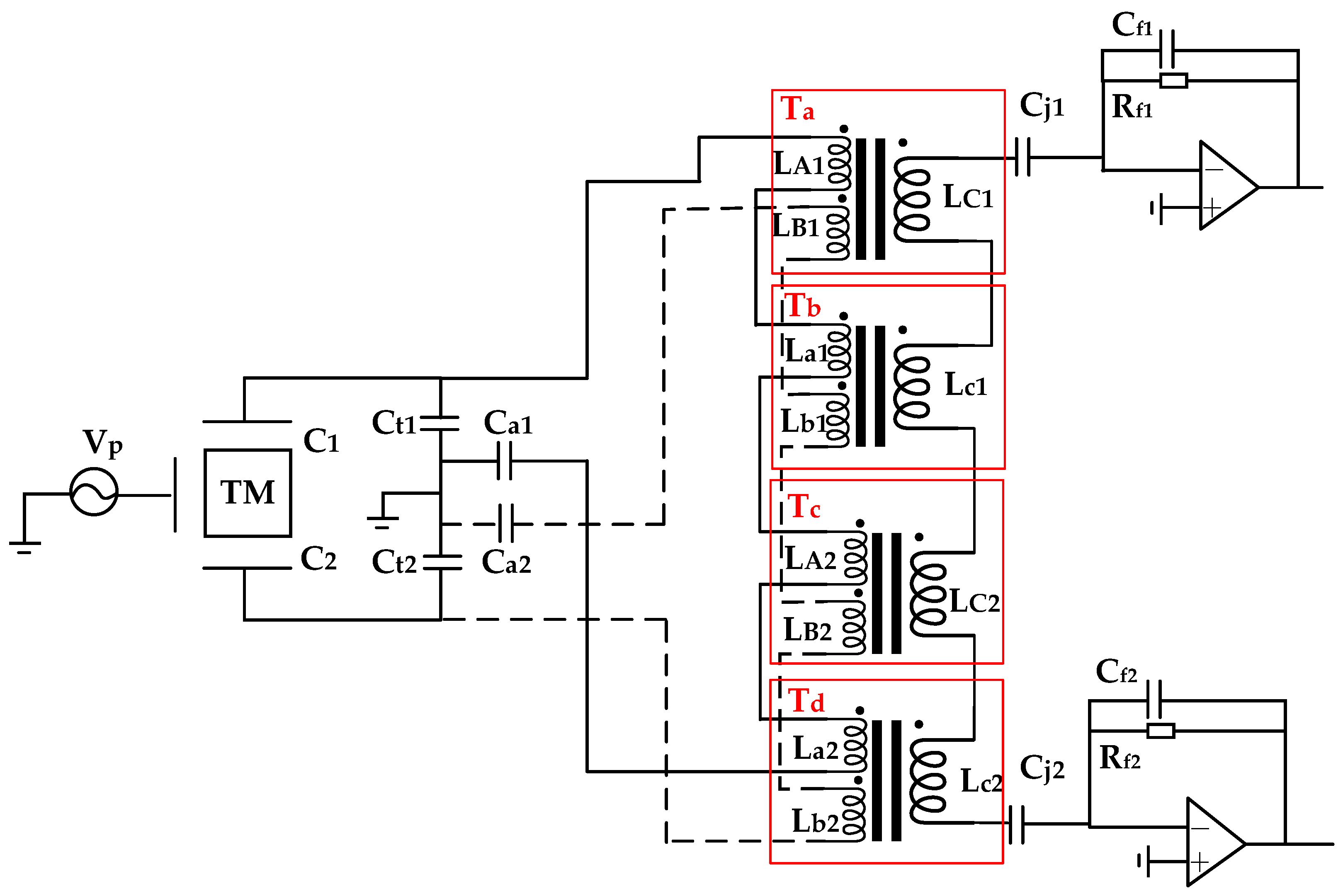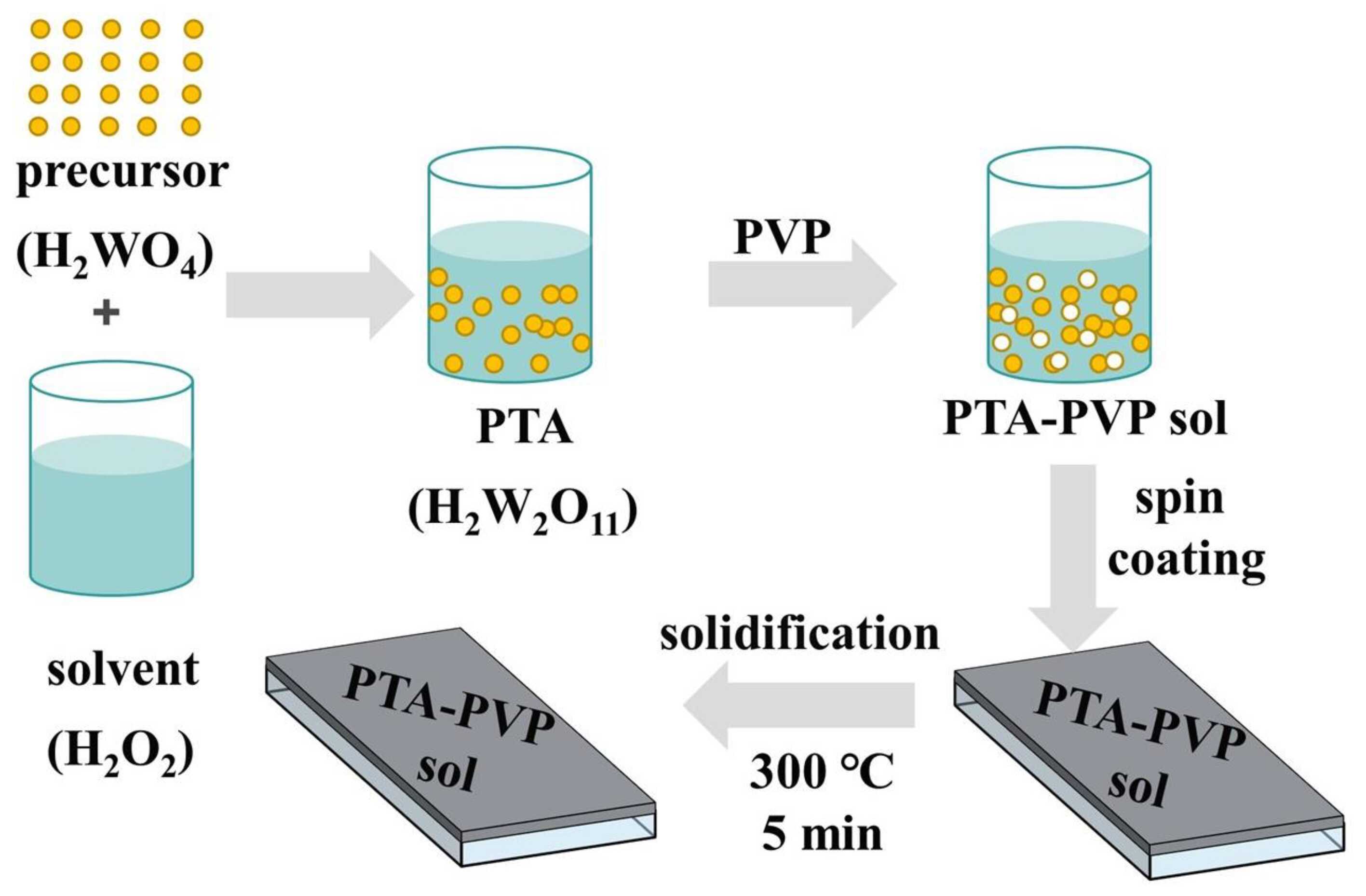
A team of researchers from the Changchun Institute of Optics, Fine Mechanics, and Physics, Chinese Academy of Sciences, has made significant progress in developing an adaptive fuzzy integral sliding mode cooperative control system based on time-delay estimation for free-floating close-chain manipulators. Published in the journal Sensors, this innovative control method promises to improve the precision and stability of space manipulators, crucial for on-orbit service (OOS) missions like assembly, repair, and maintenance of large space structures.

A team of researchers from the Changchun Institute of Optics, Fine Mechanics, and Physics, Chinese Academy of Sciences, has made significant progress in developing a high-precision resonant capacitance bridge based on multiple transformers. This advancement, published in the journal Sensors, promises to enhance the sensitivity and accuracy of gravitational wave detection systems, particularly for the Taiji program, a mission dedicated to detecting gravitational waves in the middle and low-frequency ranges.

A team of researchers from the Changchun Institute of Optics, Fine Mechanics, and Physics, Chinese Academy of Sciences, has made significant progress in the rapid fabrication of tungsten oxide-based electrochromic devices. In a study published in the journal Micromachines, the team integrated femtosecond laser processing with the sol-gel method. This innovative approach not only reduces production time but also enhances the performance of electrochromic films, potentially revolutionizing their applications in smart windows and displays.

Published in a recent issue of the Analytica Chimica Acta journal, researchers from the Changchun Institute of Optics, Fine Mechanics and Physics, Chinese Academy of Sciences, along with collaborators, have unveiled a groundbreaking fabrication method for a three-dimensional spiral microreactor designed for continuous flow polymerase chain reaction (CF-PCR).

A groundbreaking study by researchers from the Changchun Institute of Optics, Fine Mechanics and Physics, Chinese Academy of Sciences, and the First Bethune Hospital of Jilin University has introduced a novel spontaneous-stimulated Raman co-localization dual-modal analysis approach, revolutionizing the efficient identification of tumor cells.

Researchers from Changchun Institute of Optics, Fine Mechanics and Physics (CIOMP) of the Chinese Academy of Sciences ane the Wenzhou Medical University have developed a novel solid-phase amplification (SP-PCR) method based on formamide (FA) that allows for DNA amplification at lower temperatures with high efficiency. This advance, published in Micromachines, opens up new possibilities for temperature-sensitive applications in molecular biology.
